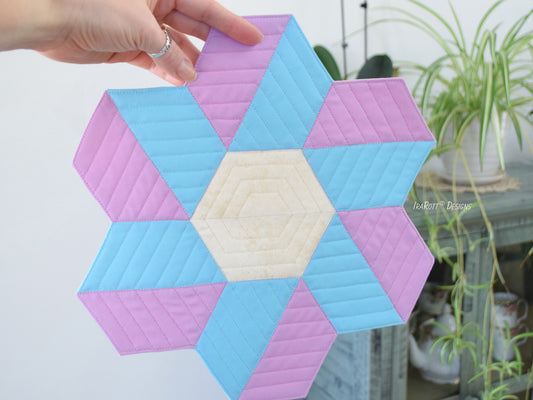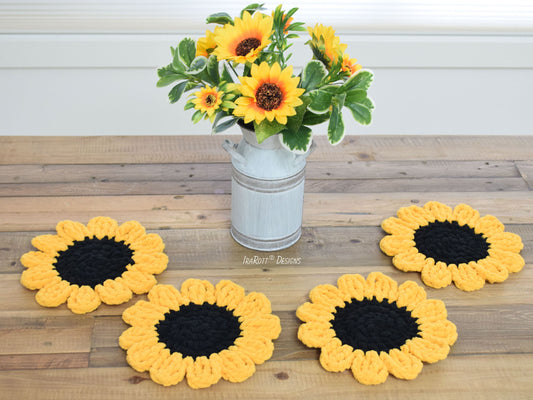What causes the edges of a crochet circle to not lie flat, despite following the instructions, recommended hook size, and yarn accurately? Several factors can lead to ruffling or tightening of the edges, but fear not, we have a few simple solutions to resolve these problems.
Basic Circle Formulas
Crocheting circles relies on the ratio of stitch width to stitch height. By applying these crochet formulas, you will create flat circles if your gauge is properly balanced. These basic formulas are often adapted to create different shape variations, such as ovals, triangles, squares, hexagons, etc.
- Double crochet circle begins with 12 stitches and increases by 12 in every round - 12, 24, 36, 48, etc.
- Half double crochet circle begins with 8 stitches and increases by 8 in every round - 8, 16, 24, 32, etc.
- Single crochet circle begins with 6 stitches and increases by 6 in every round - 6, 12, 18, 24, etc. You can also increase by 12 stitches in every other round instead of increasing by 6 stitches in every round, which creates smother and nearly visible increases.
Ruffle Circles Due To Unconverted Stitches
Ensure you always verify the terminology used in the pattern to avoid any unexpected errors. For instance, if you learned to crochet using UK standards but followed a pattern written in US terms (without converting it), your dc circle will have ruffled edges. Below is a simple chart that will help you to convert patterns.


Ruffle Circles Due To Working Between Stitches
To maintain proper gauge and prevent ruffling, always insert the crochet hook under the top two loops of the stitch, unless otherwise directed. This example demonstrates the outcome of working through the gaps between dc stitches, leading to a ruffled effect.


Examining The Gauge
- The height of the stitches can be adjusted by the length of the first loop that you pull through the stitch to create a new stitch.
- The width of the stitches can be adjusted by the hook size or by the looseness/tightness of the last loop on the hook.

Dome Shaped Circles - Fixing Gauge

Double crochet – Yo; insert the hook in st; yo and pull up a loop a little lower than you normally do; [yo and pull through 2 loops] 2 times. The last loop on the hook should not be too tight.
Half double crochet – Yo; insert the hook in st; yo and pull up a loop a little lower than you normally do; yo and pull through all loops on the hook. The last loop on the hook should not be too tight.
Single crochet – Insert the hook in st; yo and pull up a loop a little lower than you normally do; yo and pull through all loops on the hook. The last loop on the hook should not be too tight.

Ruffled Circles - Fixing Gauge

Double crochet – Yo; insert the hook in st; yo and pull up a loop a little higher than you normally do; [yo and pull through 2 loops] 2 times. The last loop on the hook should not be too loose.
Half double crochet – Yo; insert the hook in st; yo and pull up a loop a little higher than you normally do; yo and pull through all loops on the hook. The last loop on the hook should not be too loose.
Single crochet – Insert the hook in st; yo and pull up a loop a little higher than you normally do; yo and pull through all loops on the hook. The last loop on the hook should not be too.






